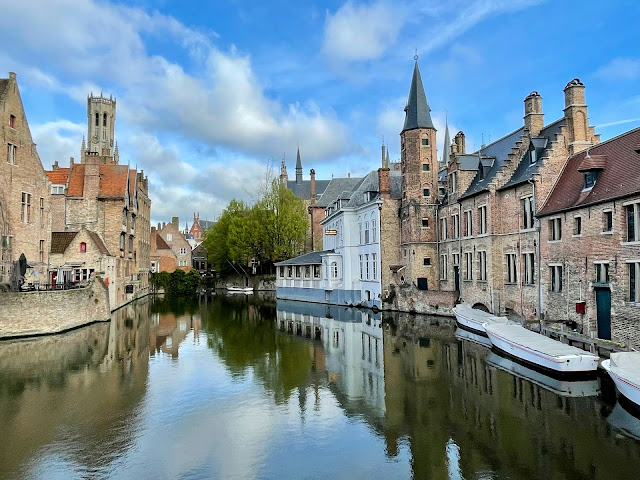5 facts about Angkor Wat, Cambodia
Angkor Wat is a UNESCO World Heritage Site located in Siem Reap province in northwestern Cambodia. It is a temple complex and one of the most significant architectural and religious sites in the world.
1. Angkor Wat was built in the early 12th century during the reign of the Khmer King Suryavarman II as a Hindu temple dedicated to the god Vishnu. Later, it became a Buddhist temple.
2. The complex covers an area of over 400 acres and is surrounded by a moat that is 650 feet wide. The central temple is surrounded by a series of concentric galleries and enclosures.
3. The temple is known for its distinctive architecture and intricate carvings, which feature scenes from Hindu mythology and Khmer history. The most famous of these is the bas-relief carvings on the walls of the galleries, which are over half a mile long.
4. Angkor Wat is a symbol of Cambodia and appears on the country's national flag. It is also a popular tourist destination, attracting millions of visitors each year.
5. Angkor Wat was designated a UNESCO World Heritage Site in 1992, and ongoing restoration and preservation efforts are being undertaken to protect the temple complex for future generations.
 |
| Angkor Wat, Krong Siem Reap, Cambodia |
What is the secret of Angkor Wat?
The construction and design of Angkor Wat, one of the most famous ancient temples in the world, is a testament to the architectural and engineering prowess of the Khmer people who built it.
The temple's grandeur and complexity have fascinated visitors and scholars for centuries, and its secrets continue to be uncovered by ongoing research and restoration efforts.
One of the most intriguing secrets of Angkor Wat is how it was constructed. Despite being built over 900 years ago, the temple's foundation is incredibly stable, even in the face of the region's monsoons and earthquakes.
The temple's stability is due to a sophisticated system of canals and reservoirs that helped regulate water flow and prevent flooding.
Another secret of Angkor Wat is its symbolic and religious significance. The temple was built as a representation of the Hindu universe, with its central tower representing Mount Meru, the mythical home of the gods.
The temple's design also incorporates sacred geometry and numerology, with specific measurements and ratios used to create a harmonious and balanced space.
Finally, the temple's intricate carvings and reliefs offer a window into the cultural and historical context of the Khmer Empire. The carvings depict scenes from Hindu mythology, Khmer history, and daily life in ancient Cambodia, providing a glimpse into the beliefs, values, and customs of this remarkable civilization.
Overall, the secrets of Angkor Wat are many, and the temple's enduring legacy continues to captivate and inspire people from around the world.
You May Also Like "Top 10 Tourist Attractions in the World"



Comments
Post a Comment
It's easy to leave a comment on our blog – anyone with a Google account can do it. We invite you to share your experiences by leaving a comment as well.